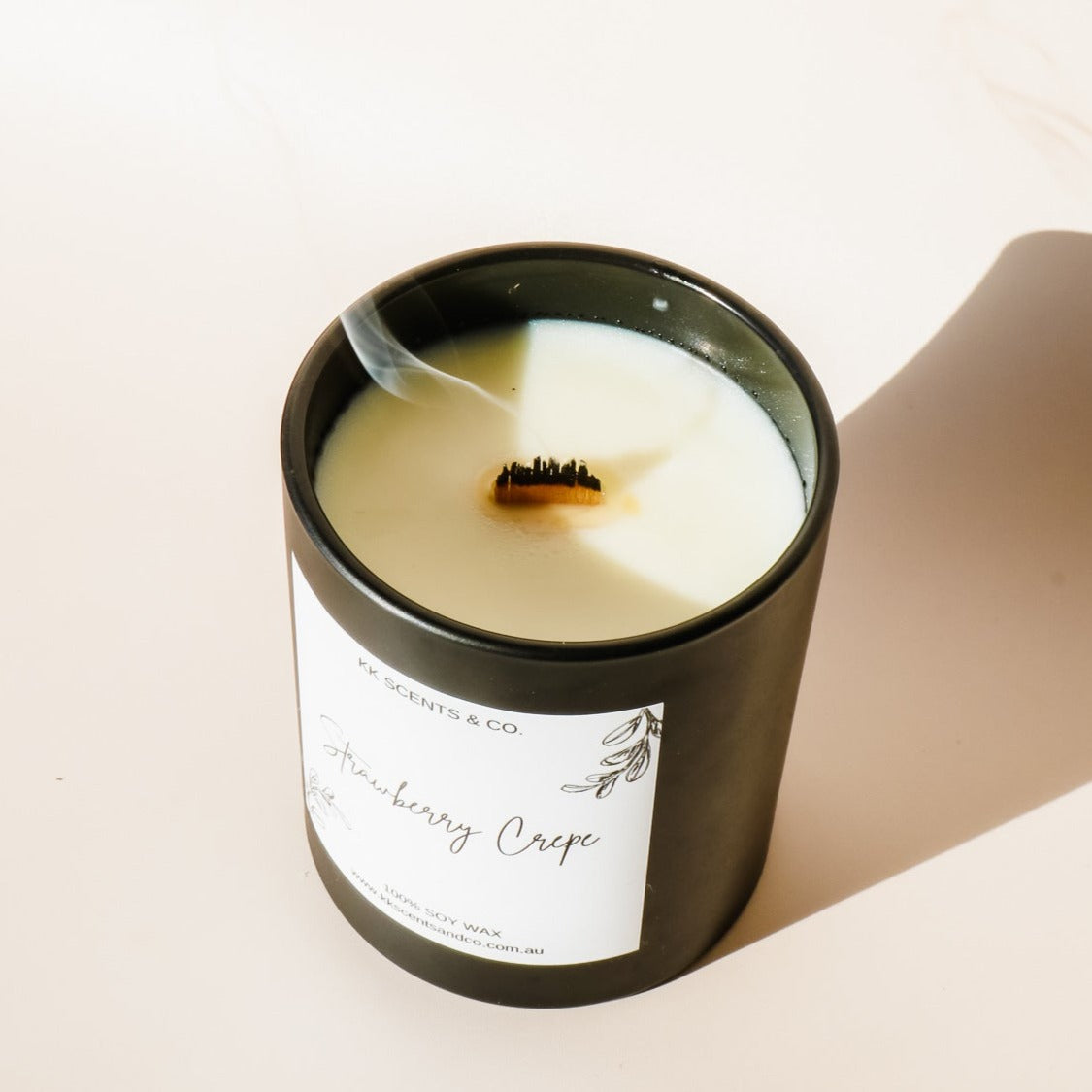From Wick to Wax: Comprehending the Chemistry Behind Soy Wax Candles and Their Ecological Impact
As we illuminate our areas with the cozy glow of candle lights, there lies a realm of intricate chemistry behind the apparently basic act of lighting a soy wax candle. Join us as we unravel the clinical details behind soy wax candles and discover their ramifications on our environment.
Soy Wax Vs. Paraffin Wax
When contrasting soy wax and paraffin wax for candle light making, it is important to comprehend the distinctive characteristics and advantages of each product. Soy wax is an all-natural, renewable energy derived from soybean oil, making it green and eco-friendly - soy wax candles. In contrast, paraffin wax is a byproduct of oil refining, which raises worries regarding its ecological impact and sustainability
Soy wax candle lights melt cleaner and produce less soot compared to paraffin wax candles, making them a much healthier selection for indoor air quality. Furthermore, soy wax has a reduced melting factor, permitting a longer-lasting candle light that disperses fragrance more properly. Paraffin wax, on the other hand, often tends to burn faster and less easily, possibly launching dangerous chemicals right into the air.
From a sustainability perspective, soy wax is favored for its biodegradability and renewable sourcing, aligning with the expanding customer choice for environmentally aware products. While paraffin wax has been a standard selection in candle light making because of its cost and simplicity of usage, the shift in the direction of eco-friendly alternatives like soy wax is acquiring momentum in the industry.
Chemical Composition of Soy Wax

Burning Process in Soy Candles
The chemical structure of soy wax directly influences the combustion procedure in soy candles, affecting factors such as shed time, fragrance launch, and ecological effect. When a soy candle is lit, the warm from the fire melts the wax near the wick. This liquid wax is after that created the wick as a result of capillary action. As the liquid wax gets to the fire, it undertakes internet and vaporizes combustion. The burning process includes the vaporized hydrocarbons in the wax reacting with oxygen airborne to produce warmth, light, water vapor, and co2.
The burning performance of soy candles is affected by the pureness of the soy wax and the quality of the wick. A clean-burning soy candle with an effectively sized wick will certainly minimize and create a consistent fire soot formation. This not only extends the melt time of the candle light but also enhances the release of fragrances. In addition, soy wax candles have a lower environmental influence contrasted to paraffin candle lights due to their sustainable and naturally degradable nature.

Environmental Benefits of Soy Wax

Considered a lasting alternative to standard paraffin wax, soy wax supplies noteworthy ecological benefits that make it a preferred choice among eco-conscious customers. Soy wax burns cleaner and produces much less view it soot than paraffin wax, adding to much better indoor air quality and reducing the demand for cleansing and upkeep. In general, the ecological advantages of soy wax straighten with the growing demand for environment-friendly and sustainable products in the market.
Recycling and Disposal Factors To Consider
Recycling and correct disposal of soy wax candle lights play a critical duty in preserving ecological sustainability and minimizing waste in families and areas. When it comes to reusing soy wax candles, the initial step is to guarantee that the candle light has shed completely.

In terms of disposal, if recycling is not an alternative, soy wax candles are eco-friendly and can be safely disposed of in many house waste systems. However, it is always advised to get in touch with neighborhood recycling centers or waste administration solutions for particular standards on candle light disposal to make certain proper handling and environmental management.
Verdict
To conclude, the chemistry behind soy wax candle lights discloses their environmental advantages over paraffin wax candles. Soy wax, originated from soybean oil, burns cleaner and generates much less soot when compared to paraffin wax. The burning procedure in soy candles is more reliable, bring about a much longer and more also shed. In addition, soy wax is eco-friendly and renewable, making it a much more sustainable option for candle production. Reusing and appropriate disposal of soy wax candles better add to their ecological effect.
When contrasting soy wax and paraffin wax for candle production, it is vital to comprehend the distinctive features and advantages of each product (soy candles).Soy wax candles shed cleaner and produce much less residue contrasted to paraffin wax candle lights, making them a much healthier i thought about this option for interior air quality.Thought about a lasting option to traditional paraffin wax, soy wax supplies notable ecological benefits that make it a popular selection amongst eco-conscious customers. Soy wax burns cleaner and generates less soot than paraffin wax, adding to far better interior air quality and reducing the requirement for cleansing and maintenance.In final thought, the chemistry behind soy wax candles reveals their ecological benefits over paraffin wax candles
Comments on “Infuse Your Home with the Fragrance of Crystal Soy Candles and Home Fragrance”